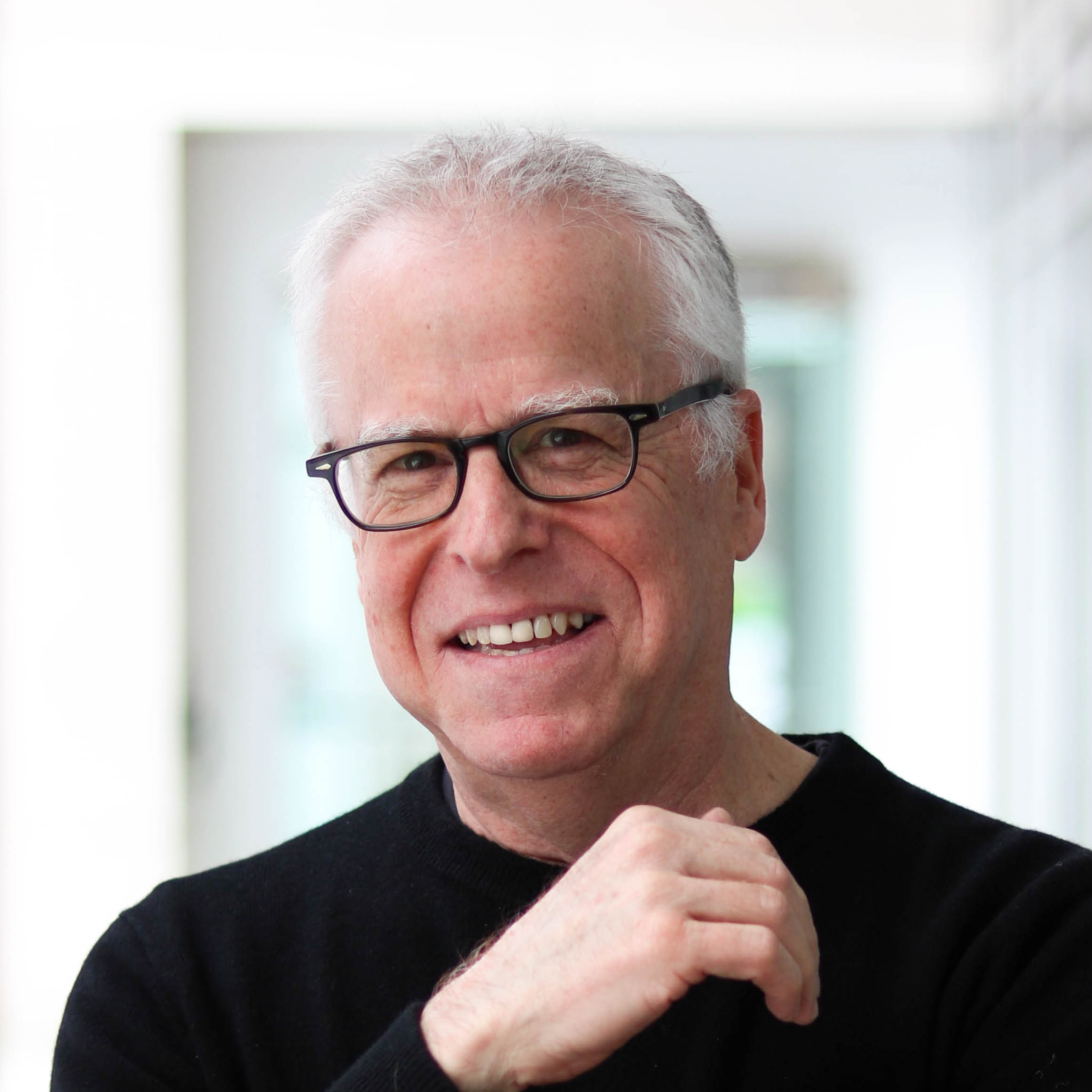Two New York writers exchanged misfire recently about journalism education, and almost all of it was misdirected. Then the conversation they started died with damning faint praise.
We should have that conversation, only a better one.
The brouhaha began when media pugilist Michael Wolff in USA Today attacked the Columbia’s Graduate School of Journalism as a “disgrace” and “an intellectual failure” largely because President Lee Bollinger had appointed a traditional journalist as new dean, ex-Washington Post managing editor and New Yorker writer Steve Coll.
The New York Times’ David Carr rose to praise Columbia and Coll, but in the process he tarred almost everyone else. “Journalism education is something of a confidence game,” he tossed off. Given a shrinking job base, “many journalism programs … are escalators to nowhere.”
This is a critical juncture in the history of how we teach the next generation of journalists– whether they work in conventional newsrooms or elsewhere. Some schools, including the University of Colorado, Indiana University and Emory University, have made the decision to do away with their standalone journalism programs. The reason, oversimplified, is that the trade school model of teaching journalism, which has never fit comfortably in research universities, falters when the jobs supporting it are shrinking.
The universities, however, are walking away at exactly the wrong moment. The trade school model is giving way to something better, a change many of us have been advocating for years. In the process, research universities now have a larger responsibility and role to play in helping rethink and revive civic discourse and ensuring journalism has a sustainable and ethical role in that. The opportunity will require new approaches. But it is not the time to leave the field because it doesn’t ring the cash register the way it used to.
But Wolff and Carr got several things wrong. First, they fundamentally mis-defined the universe. Nick Lemann estimated by phone that roughly 200,000 students take communication and journalism classes in the United States, the majority of them undergraduates studying public relations, communications or other fields, many learning basic skills in writing, grammar, information theory. There is no market failure there.
Lemann, Columbia journalism school’s outgoing dean, noted that only about 2,000 students are in “professional” graduate journalism programs like Columbia’s (my alma mater). And none of them is all that similar. USC’s Geneva Overholser told me by phone that many students are getting better jobs out of school than previous generations ever did because they have digital skills now in demand (and newsrooms are shifting to less costly workers).
Wolff and Carr, In Lemann’s words, were also evaluating journalism school “by the metrics of a Monroe College placard on a New York subway car that the investment should be equal to the salary of an entry level job in the field.”
If journalism has value to democratic society that makes it more than another form of commerce, then licensed or not, it has the qualities of a profession and should be evaluated as we evaluate other professional schools.
A few months ago, a group of foundation funders wrote to an open letter to nearly 500 college presidents arguing that journalism and mass communication education was not changing fast enough and advocating a move to a “teaching hospital” model.
The letter is too easily misinterpreted. In the teaching hospital metaphor, students produce journalism for public rather than classroom consumption under the watch of a skilled professional editor teacher. In so doing, the journalism they produce is better, more digital, more connected to the community, and helps make up for some of what’s disappearing from commercial newsrooms.
But as a central idea for modernizing journalism education, the teaching hospital concept is too limited. In many ways, it’s an extension of the trade school approach, Tom Goldstein, one of the most thoughtful educators of the era (a former Berkeley and Columbia dean) pointed out in a phone interview. There are limits to what students are capable of producing. (Medical students don’t start to practice until they have been in school for years). It works far better under the careful tutelage of an extraordinary practitioner such as former Washington Post Editor Len Downie at Arizona State University than some others.
The approach also misses the fact that given the pace of change and the uncertainty about journalism going forward, a range of experiments is better than a single solution.
The biggest thing missing in this conversation is that those experiments are now occurring.
At the University of Missouri, scholars such as Esther Thorson and others at the Reynolds Institute are pushing toward economic research for the news industry to operate more scientifically. At Columbia, the first double degree majors in computer science and journalism will soon graduate.
At the University of Toronto’s Munk School of Global Affairs, Robert Steiner has developed a wholly new approach (which I hope I’ve helped him refine) of recruiting subject matter experts — academics and professions — to become journalists in their own disciplines. Steiner’s idea connects to the scholarship of Matthew Nisbet at American University about what he calls Knowledge Journalists, reporters who move beyond simply covering events to creating new knowledge through their own expertise.
Scholars such as George Washington’s Matthew Hindman are pioneering understanding of metrics and audiences. At USC, Robert Hernandez is pioneering concepts in peer learning, students creating their own curriculum, with teachers as Socratic coaches. Poynter’s Howard Finberg has written about distance learning, and Rosental Alves at the University of Texas is at the cutting edge of using MOOCs to reach across international borders. I am barely scratching the surface.
Hernandez and scores of others are examples of a new model of journalism educator — young dynamic thinkers who have moved to teaching because they want to invent and rethink, and because universities are better incubators now than shrinking newsrooms. PolitiFact’s creator Bill Adair, for instance, is leaving for Duke. These innovators can be found a lot of places, not just “top” schools.
For years, journalism was marred by an ugly streak of anti-intellectualism — the denial of theory, the exaltation of craft, the repudiation professional identity, ignorance of scholarship. One byproduct of the crisis in journalism is that anti-intellectualism is giving way to something better at schools where practitioners and scholars work together to create a new curriculum.
At the risk of oversimplifying, I think there are four essential components to the new curriculum for teaching news and communication.
1. Teaching of technical skills (how to use different platforms and technology). A critical dimension of this teaching is computer science, so journalists can invent new ways of reporting. But given the pace of technology change, technology and platform skill cannot be the singular core they once were. The key is to teach students enough that learn they can master these tools themselves on their own as the tools change.
2. Journalistic responsibility (including history, values, ethics, community, material that always made journalists better). Now that journalism is more than whatever journalists do, knowing what the public requires of a responsible journalism is even more important.
3. Understanding of business (how to understand audience metrics, revenue, entrepreneurship). Journalists are hamstrung if they are illiterate on these matters.
4. The intellectual discipline of verification, what some call evidence and inference, or what might better be understood as social empiricism. It is a more conscious, disciplined and clinical approach to what we once called knowing how to report, think and write. At its best, journalistic inquiry is a rigorous, numerically literate, skeptical and independent way of thinking, in the same way we describe law, engineering and medicine as teaching a way of thinking. As Jack Hamilton, the former provost and dean at LSU told me on the phone, these were always the core of the best journalism.
The curriculum for this more fully realized vision of journalism as intellectual discipline rather than a set of techniques isn’t complete. It must be built out further from other parts of the university, from anthropology and sociology, computer science, and beyond. It will require a range of scholarship, from applied to theoretical. And it will require a range of scholars and practitioners to invent it.
Does that sound a bit academic for journalism education? It should.
Tom Rosenstiel, the executive director of the American Press Institute, is an author, journalist, researcher and a member of Poynter’s National Advisory Board. You can follow him on Twitter at tbr1.
Related: News University is surveying readers on the future of journalism education | Join us for Teachapalooza 2013.








Comments